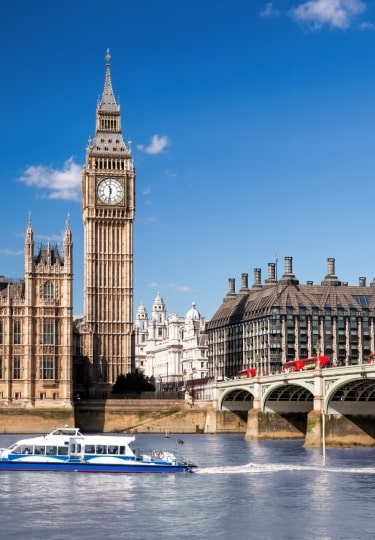Spring and summer are the best time to visit England for fine weather, although there’s so much to see and do that you could come at any time of year and not run out of distractions.
It’s important to remember two things about English weather. First, you will always need a wet weather backup as any month of the year can bring rain.
Second, while England is a small country, there are considerable climate variations. London and the southeast are often a few degrees warmer and considerably less rainy than the far north of the country, next to the Scottish border, or the west, near the mountains of Wales.
As such, when you’re planning your visit, or once you’re already in England, regional weather forecasts are far more meaningful than those for the country as a whole.
Visiting England by Season
Summer
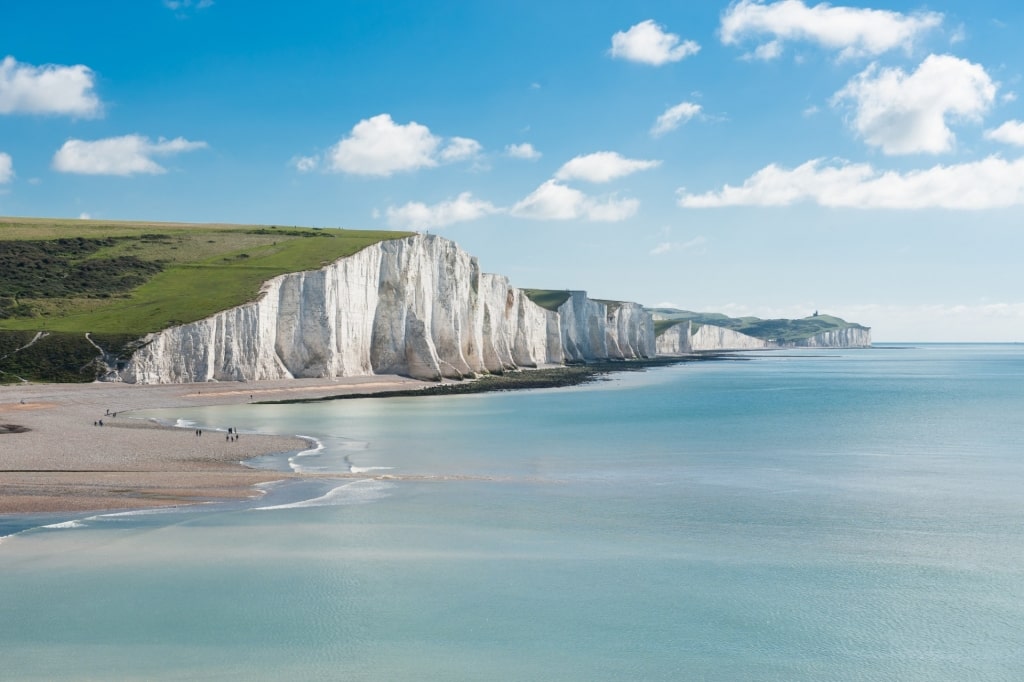
White Cliffs of Dover
The English summer is generally seen as June, July, and August, with August the busiest vacation month, when schools are closed and locals head for the coast.
Average temperatures during these months vary between 60°F and 66°F (16°C and 19°C), but there’s really no predicting what might greet you. Some summers in England bring heat waves, with highs of 86°F (30°C) or more, while others see more than their fair share of rain.
Statistically, July and August are the driest months, with 1.6 and 1.7 inches (43mm and 41mm) of rain respectively, but there are no guarantees. It’s best to face the English weather like the locals do when experiencing situations like a scorching hot May and then a rain-drenched August.
Fall
Autumn in England, regarded as September, October, and November, can be a wonderful time to travel. Temperatures in September are virtually the same as those in August, and there’s often a late burst of sunshine.
Trees begin to assume their autumn colors in October and November, with October often pleasantly mild for exploring outdoors. There are various autumn festivals to look forward to, including the joyful Hindu celebration of Diwali, Halloween, and Bonfire Night, on November 5, when the skies are filled with fireworks.
Winter
The festivities of Christmas and New Year’s aside, December to February is not the best time to go to England. Days are short, and the weather is often wet and windy. Snow may fall in the north and far west, and on higher ground, which tends to disrupt travel.
If you do visit over winter, though, all the museums and galleries are open, and there’s no shortage of cozy pubs with roaring fires around which to sit with a beer.
Spring
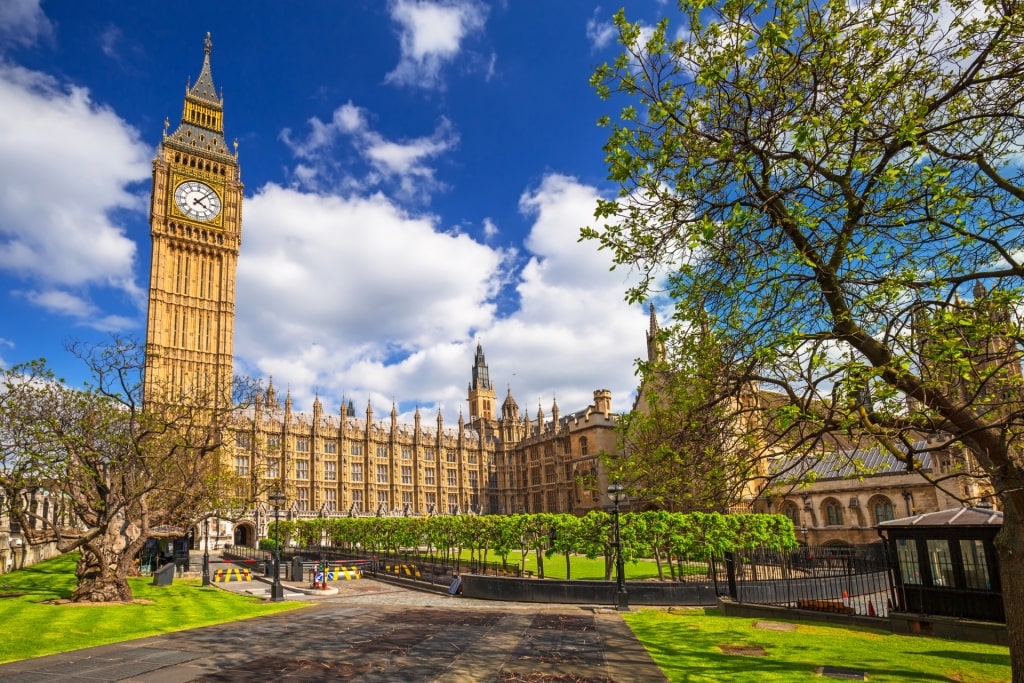
London
Spring, especially late spring, is one of the best times to visit England. Temperatures average between 52°F and 60°F (11°C and 16°C). The countryside is soft and green, fields are full of lambs, and parks, woodlands, and gardens are in bloom, first with snowdrops, then yellow daffodils, swathes of bluebells, and later, tulips.
May can see glorious weather, well above the seasonal average, and is a good time to visit before the summer crowds arrive, especially if you’re headed for London.
When Is Rainy Season?
England can experience rain at any time of year, sometimes unexpectedly, but generally speaking, winter is the rainiest season.
August can be wet, too, if somewhat warmer, while April showers are common. November can also see heavy rain as the nights close in and temperatures drop.
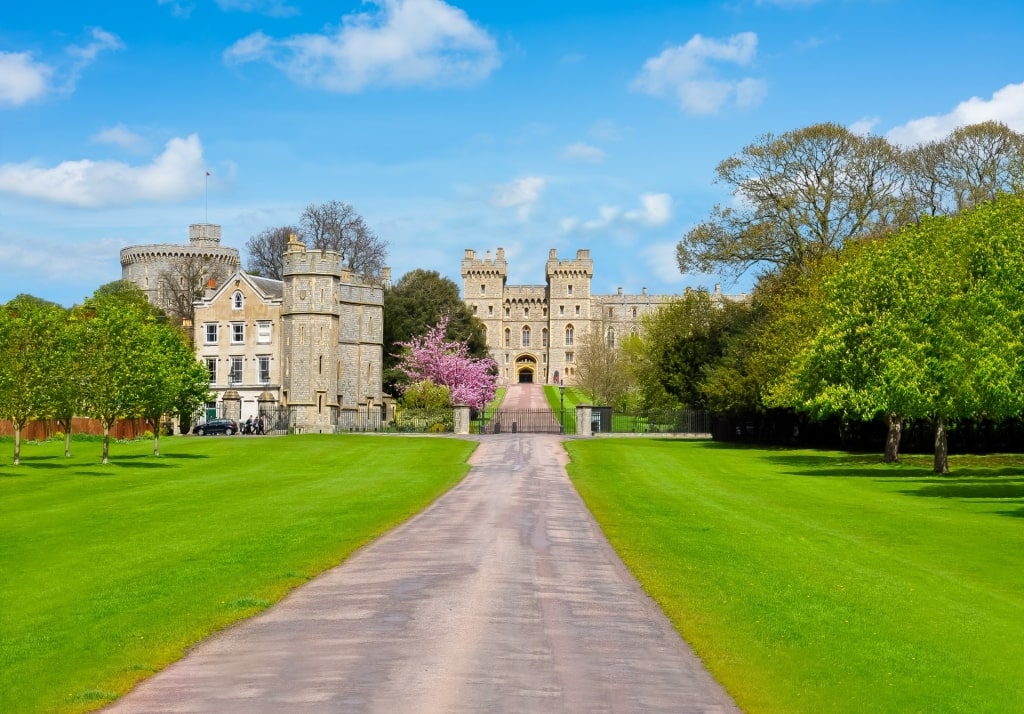
Windsor Castle
When Is High Season?
The tail end of spring and all of summer is the high season, from late May to very early September, when schools return.
On fine days, everybody embraces the outdoors, with pub gardens packed, people sunbathing in parks, hikers strolling in the countryside, and the sizzle of a barbecue in every backyard. Beaches are busy as seaside destinations enjoy their peak season.
Summer sees a long series of glamorous festivals, called “The Season”, from Wimbledon tennis to cricket matches, Glyndebourne opera, Chelsea Flower Show, polo tournaments, and big horse racing events like Royal Ascot.
When Is Shoulder Season?
Spring and fall are shoulder seasons in England, both good times to visit, with May, September, and early October the best months for decent temperatures.
May and September are especially good times, before the peak tourism season, during which London and popular attractions like Stonehenge and Highclere Castle can feel very busy.
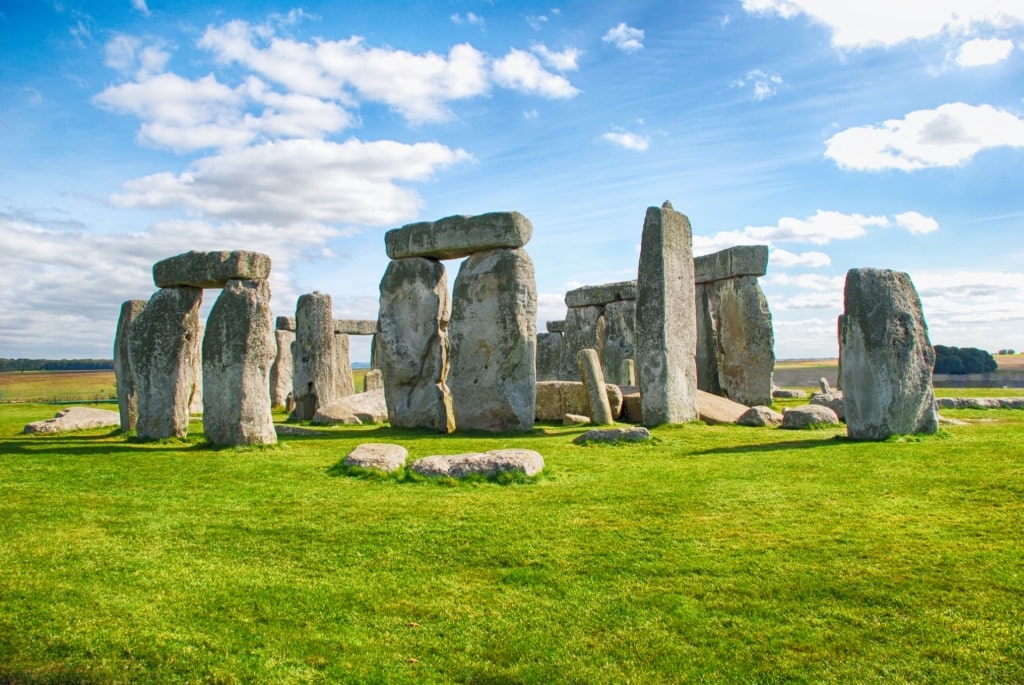
Stonehenge
When Is Low Season?
Low season in England is the winter months, January, February, and early March when the days are short and the weather usually wet and blustery.
The English tend to go into a kind of hibernation during these months, retreating to indoor cultural events and their local pubs, emerging on the occasional cold, crisp day for walking in the countryside.
Do you want to discover more about England’s culture, history, and lush countryside? Browse Celebrity’s cruises to England and plan your next vacation.
